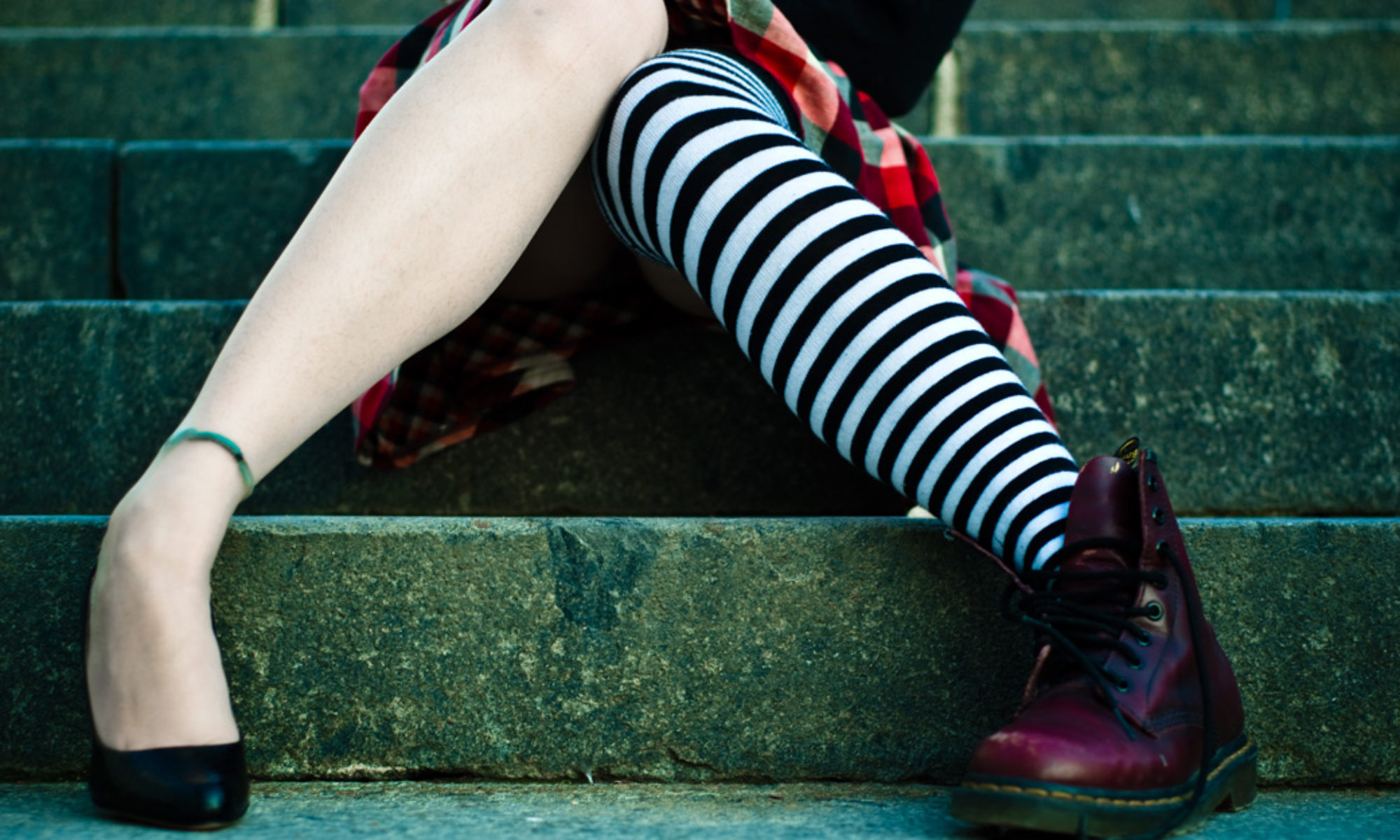For those of you that don’t know TicTrac, TicTrac is an awesome tool that keeps your activities in one place and allows you to track them over time. I have started using it about a month and a half ago. In the beginning I thought I wouldn’t be using it much I find myself completely hooked on it (the fact that all my FitBit activity is linked there as well helped a lot).
Almost a week ago I have received my first TicTrac update email, and I must admit I was absolutely stunned by the beauty and the structure of the report.
Simple minimal design focusing in just one of the many aspects of what the website tracks. The webmail utilizes the branding guidelines of the company in a very refined way. It feels like something that came from TicTrac without overdoing it. Overall, excellent UX.
I believe that they struck gold by understanding that in most cases people don’t have time to read long bodies of text. The report keeps copy to a minimum, focusing mostly on nicely designed graphics that convey the idea and are pretty engaging. In addition they have placed their call to action right in the middle of the email, and it is not a stupid reasonless call to action it’s a push to get you to use the thing even more. Kudos.
There is a very subtle “social” aspect to it since it allows you to share the repost via facebook and twitter without showing off the needless facebook / twitter logos that you can see now days everywhere, and kind of lost their meaning.
TicTrac is a new kind of service, and as with everything new there is a learning curve. TicTrac decided to end the report with a list of tips of how to use the system more effectively, which I find really smart.
Finally, nothing can be perfect. The share to Facebook and Twitter links seem to be a bit buggy, or badly thought. The twitter post contains only a non-obfuscated AWS/S3 link followed by the url of the website which actually has a space in between which makes it render really badly. My advice would be.
- Obfuscate the URL
- Fix the URL to tictrac.com (it’s a shame)
- Add a bit of a copy to make it more engaging, like “My weekly TicTrac report” or something
- Add @tictrac at the end of the post
- Add recommendation to follow TicTrac after posting
My thoughts? I loved it. It made me to engage even more with the website, that much I had to write an article about it. If you don’t have a TicTrac account and you do have a life goal, like becoming healthier, tracking or loosing weight, or you are just a statistics buff, go get an account and tell me what you thing about it.












































